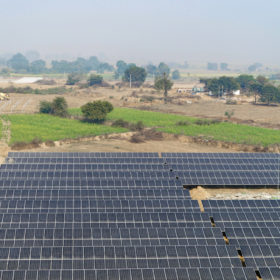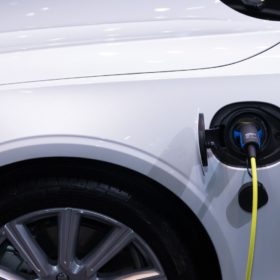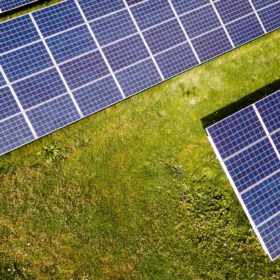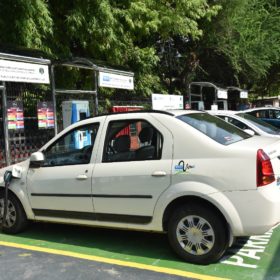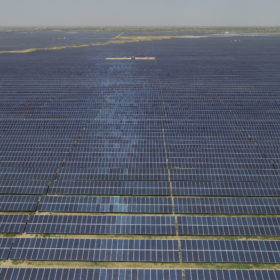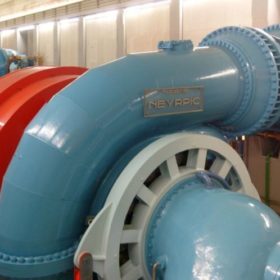India offers fastest energy payback on silicon solar rooftop systems
The energy payback time of a silicon PV rooftop system mounted in India is only 0.44 of one year (160.6 days), compared to 0.53-0.67 year in Africa, 1-1.3 years in Europe, and 1.42 years in Canada, reveals a world map by German research body the Fraunhofer Institute of Solar Energy Systems (ISE). For the calculation, the report authors considered the installation used a typical, Chinese-made, 60-cell, PERC, 19.9%-efficient solar module.
Madhya Pradesh tenders 225 MW of solar under PM KUSUM
Developers have until August 31 to bid for grid-connected solar installation under the Scheme that allows farmers to set up PV power plants on their uncultivable land and benefit from selling the generated power to the State Discoms.
Residential PV makes EVs cheaper, reduces emissions
The maintenance cost of an electric vehicle is estimated to be significantly lower than internal combustion engines, and studies show home solar furthers the cost savings and boosts carbon emission reductions.
Australian firm partners JSW Energy on green hydrogen projects in India
Australia-based Fortescue Future Industries has partnered with JSW Energy arm on green hydrogen production and application in India.
Amp Energy India raises US$ 100 million from Danish investor
Copenhagen Infrastructure Partners and Amp Energy have signed a US$200 million investment pact with each partner committing to $100 million. The investment will allow Amp Energy to add 1.7 GWp of utility-scale and commercial and industrial renewable energy projects.
Torrent Power acquires 50 MW solar assets from Lightsource BP
The PV plant is situated in the Solapur district of Maharashtra. It benefits from a 25-year power purchase agreement with Solar Energy Corporation of India Limited at a fixed tariff of INR4.43 per unit.
Aussie startup invents breakthrough non-toxic battery electrolyte that’s cheaper ‘by factor of 100’
Professor Thomas Nann told pv magazine Australia that a breakthrough idea was almost too simple: “Actually when we submitted the patent in the first place, the patent officers came back to us and said ‘well, that’s too trivial’ and we made exactly that argument – why did no one else do that then?” said Nann.
The long read: What research is needed for the effective recycling of batteries?
With manufacturing ramping up year by year and policies already looking to get ahead of the large volumes of end-of-life products, the landscape for lithium-ion battery recycling is rapidly changing. pv magazine recently spoke with Mari Lundström, associate professor of chemical and metallurgical engineering at Aalto University, to find out what is needed on the research side for the effective recycling of batteries.
CESL, HPCL sign agreement on EV charging infrastructure
Convergence Energy Services limited, an arm of Energy Efficiency Services Limited (EESL), will set up electric vehicle charging points at Hindustan Petroleum Corporation Limited outlets in major cities including Mumbai, Delhi, Bengaluru, Hyderabad, Chennai, Kolkata, and Pune. The two partners are also identifying major highways across India where adequate charging infrastructure can be installed.
ACME Solar raises $334 million via offshore green bonds
The Indian developer has a cumulative 4.8 GWp solar portfolio, including 2.2 GWp operational and another 2.6 GWp under-construction projects. It will use the proceeds from the green bonds to finance twelve of its solar assets in India.

